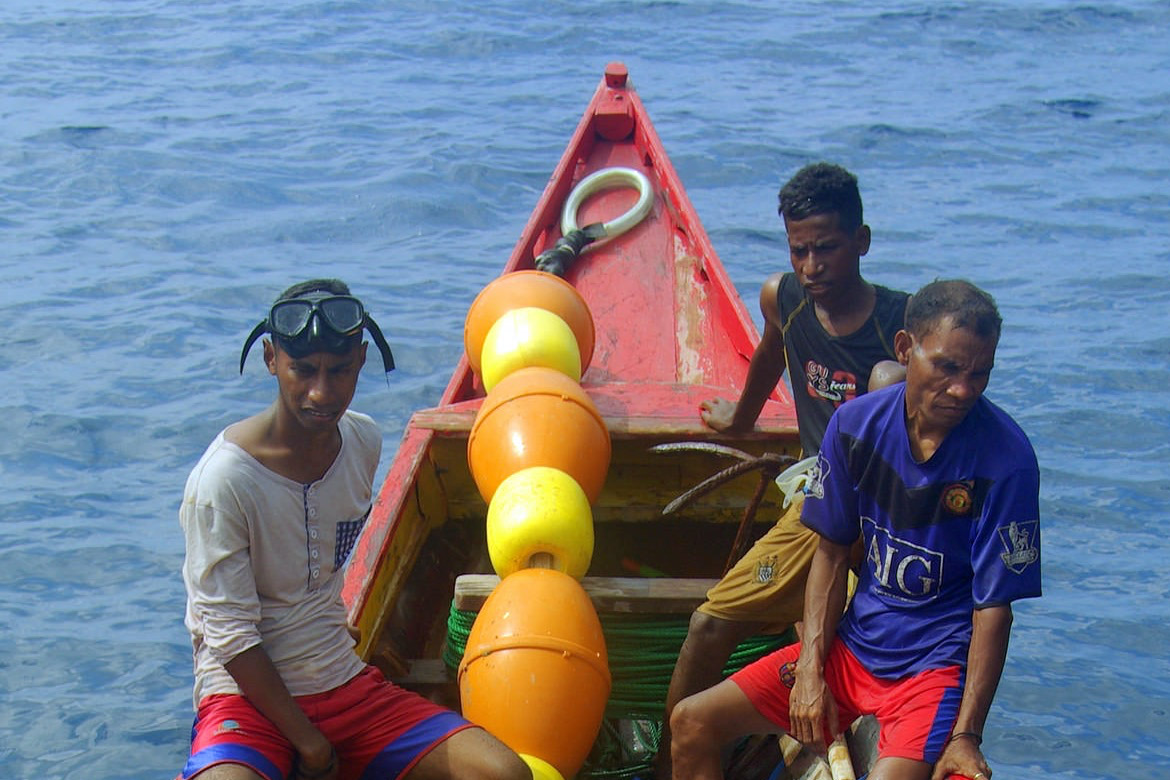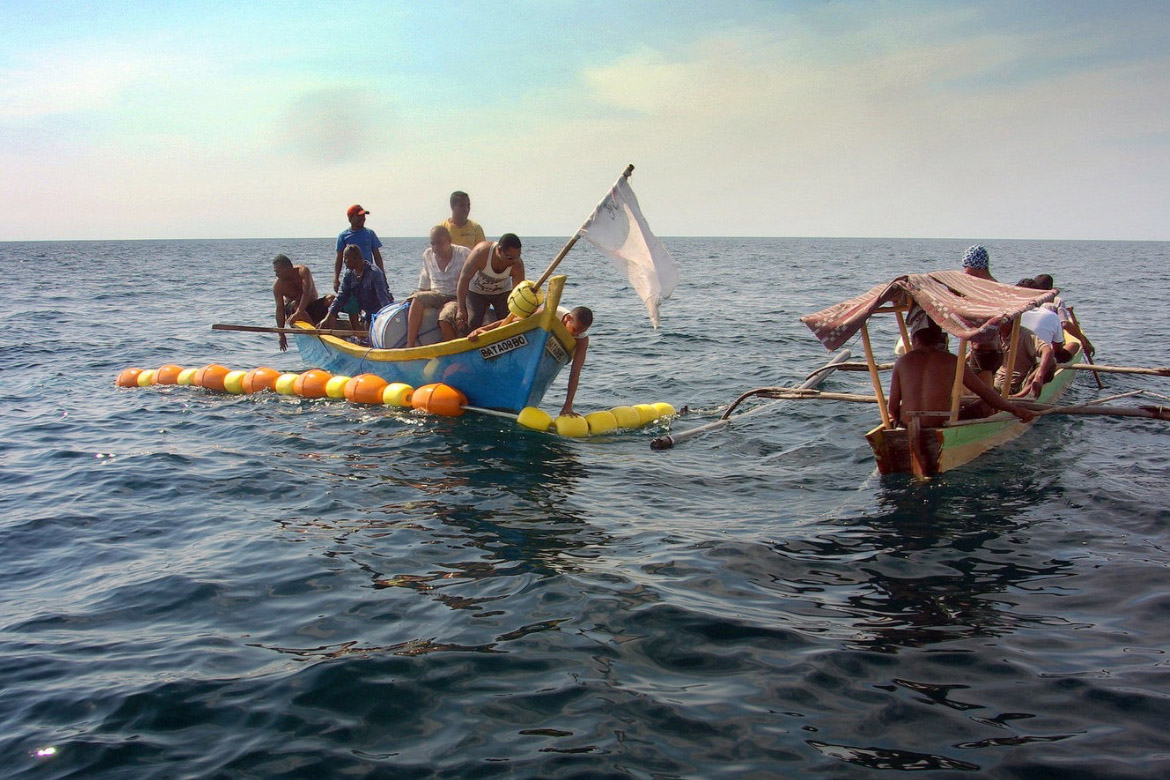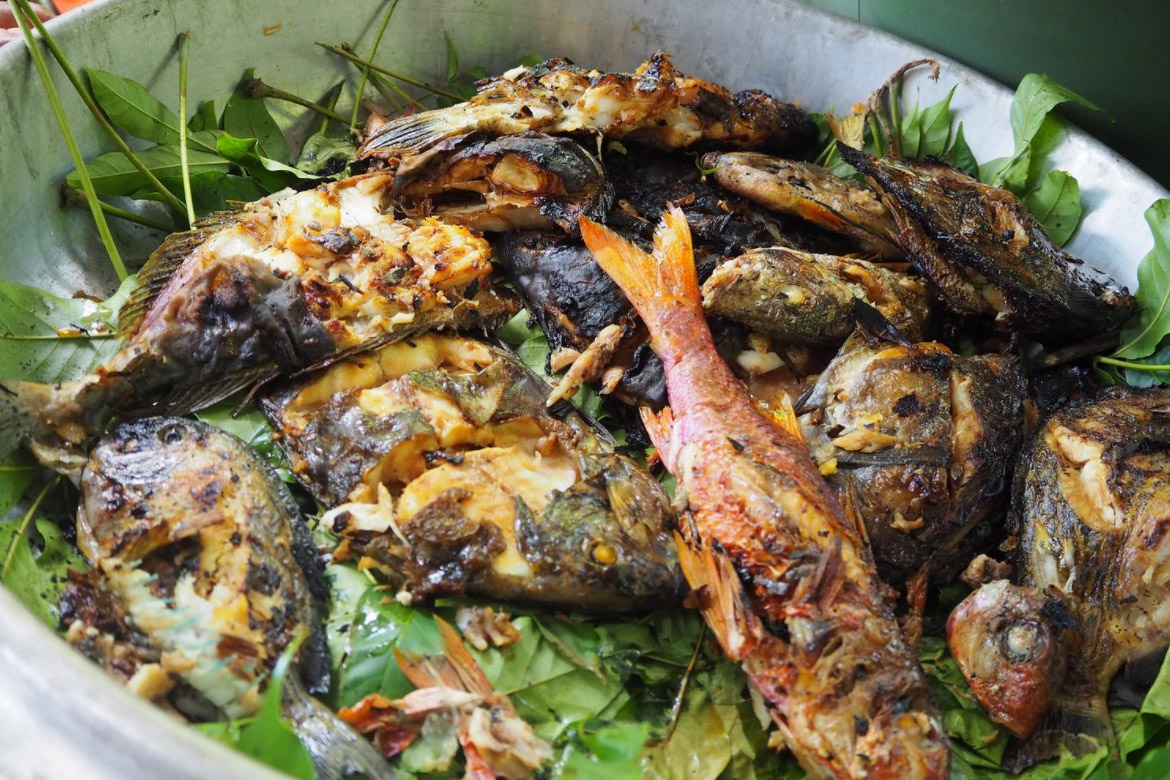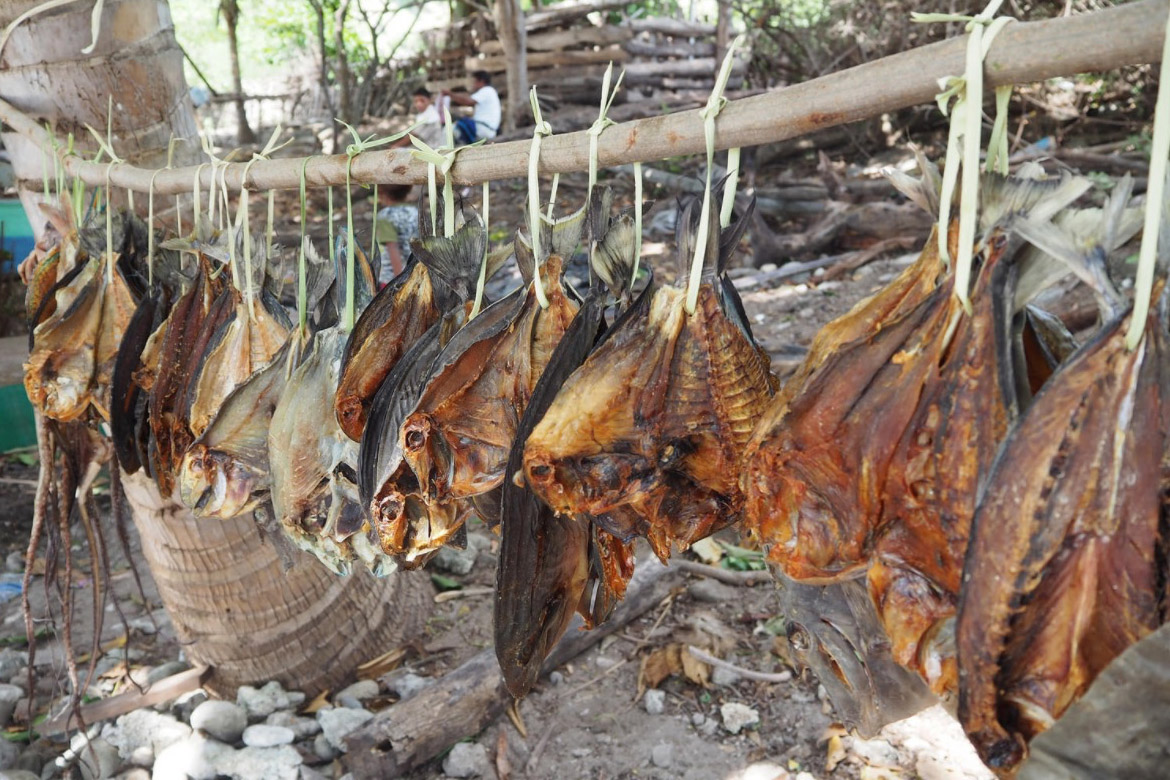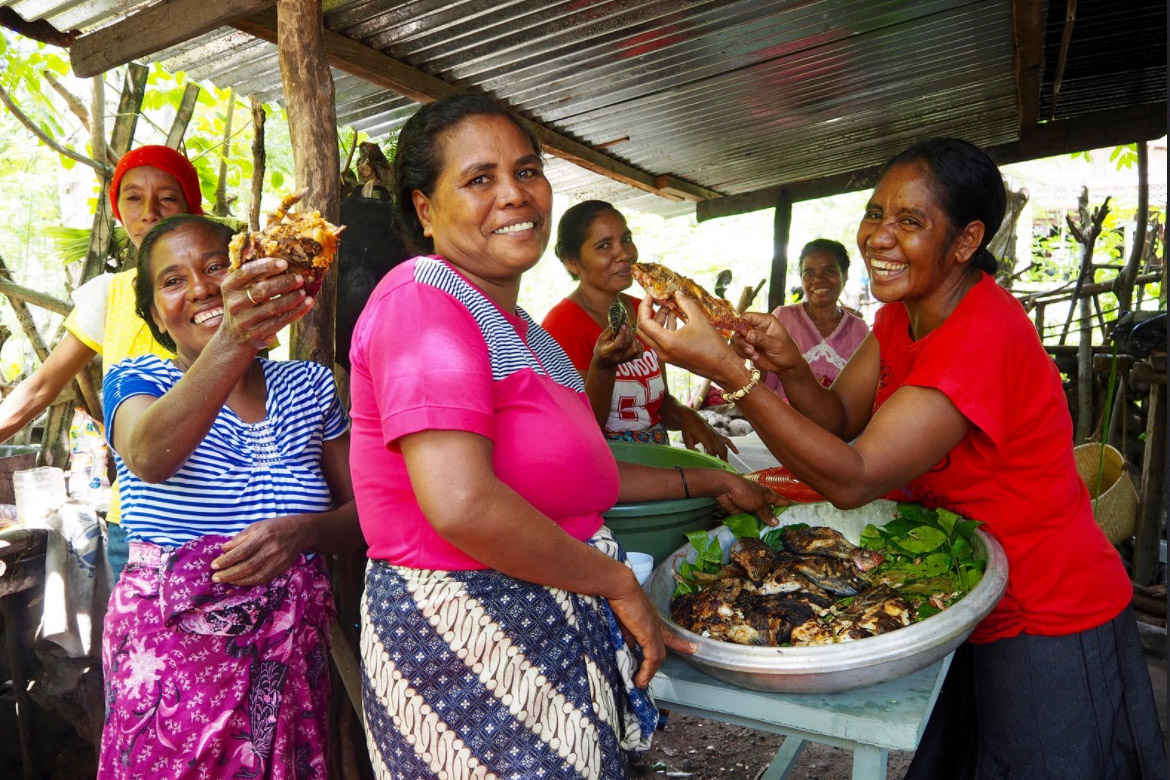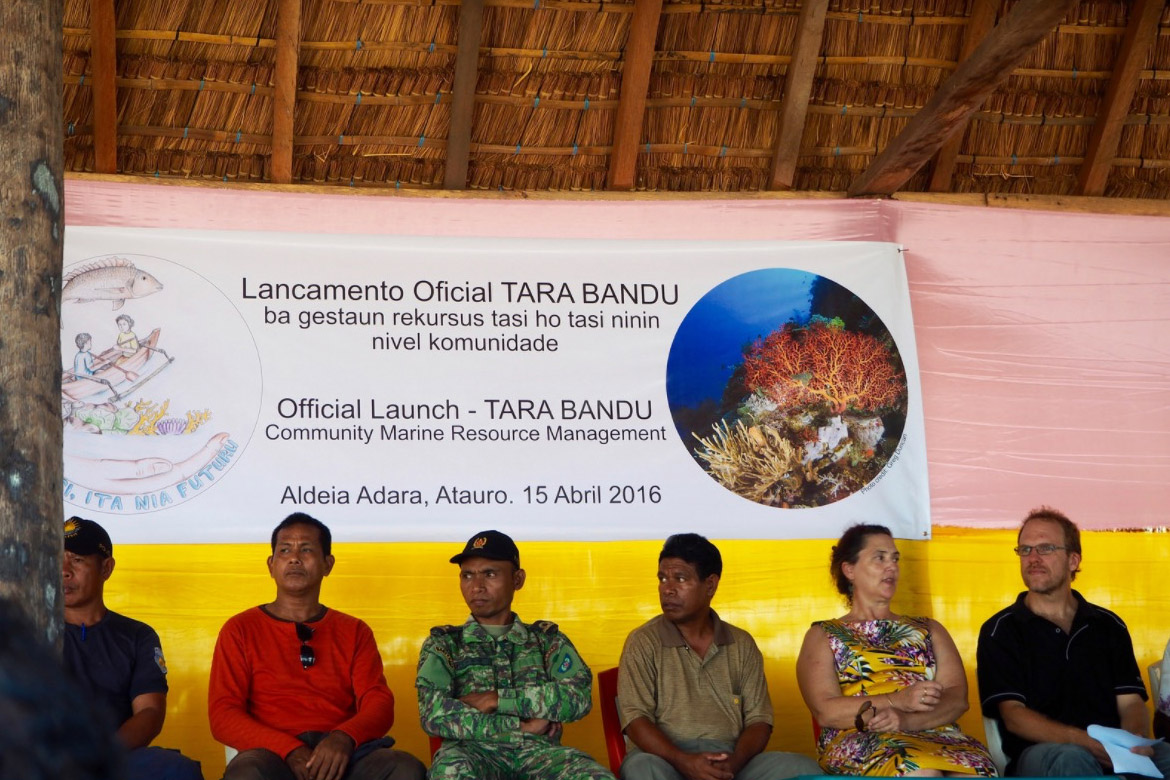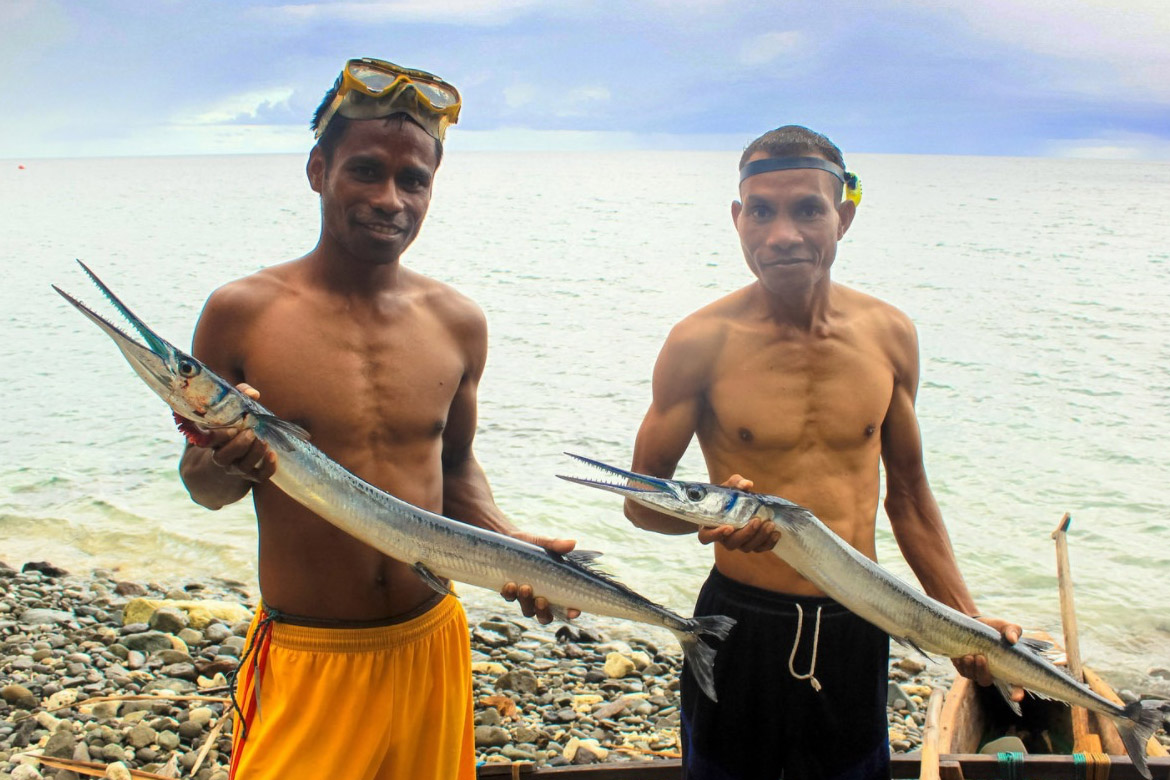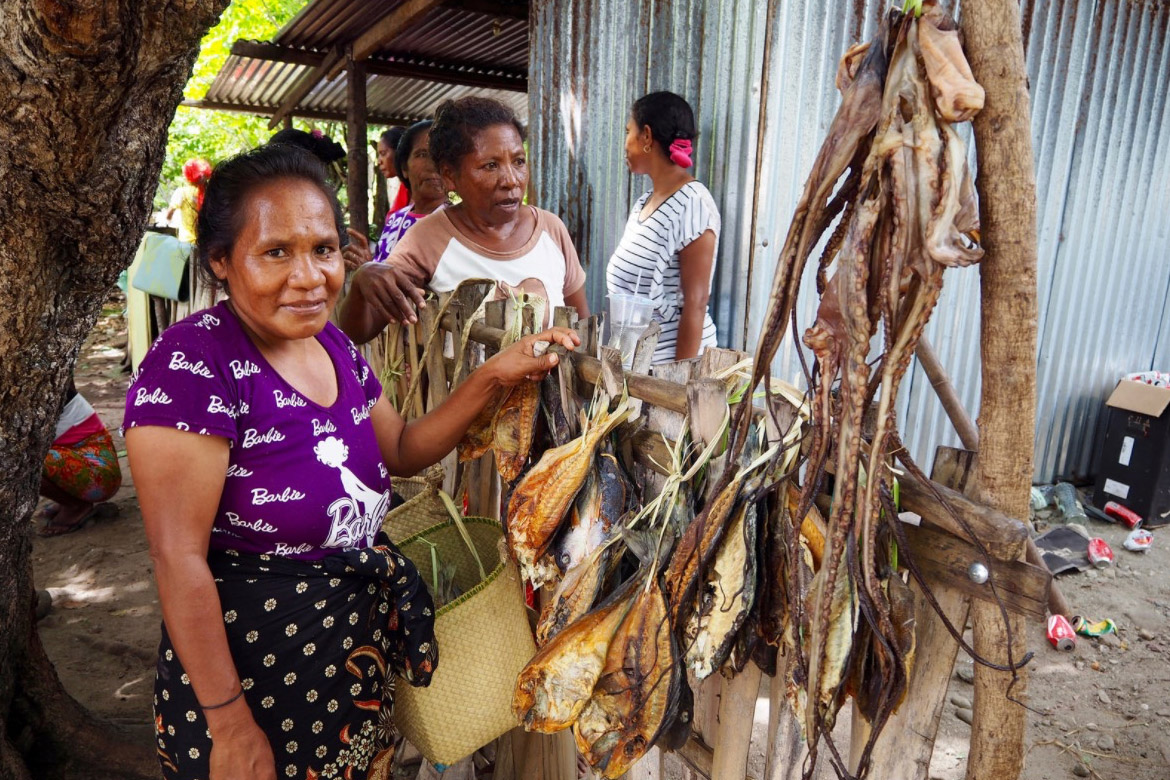-

Beyond the reef:
Strengthening the
livelihoods of coastal
fishers in Timor-Leste
In the face of declining catches, coastal fishers are protecting and better managing their marine resources to achieve food and income security
For the 90-person village of Adara on Atauro Island, whose surrounding waters are among the most biodiverse in the world, fishing has long been a source of food and income.
But fishers’ livelihoods are increasingly under threat from dwindling reef resources, the rising cost of fuel and fishing equipment, and the looming impacts of climate change such as ocean acidification and coral dieback.
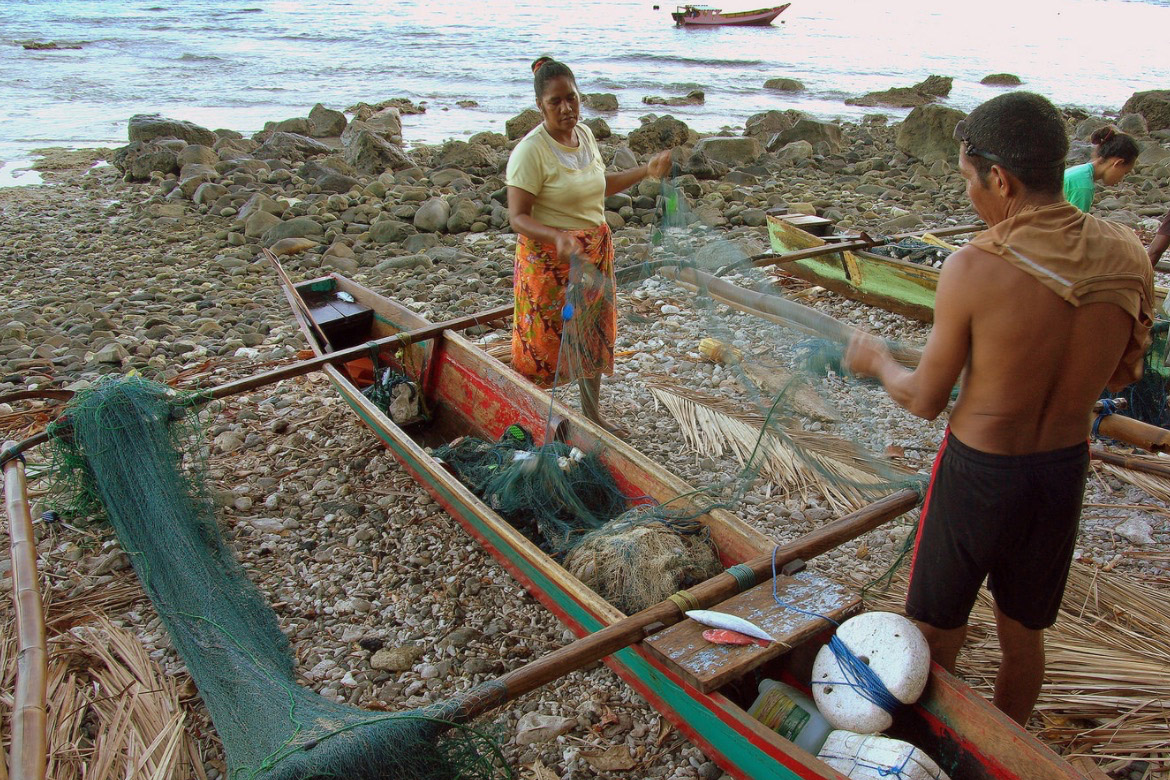
“We know that in the future, we will run out of fish. There will not be enough for our kids,” explains fisher and father-of-two Matias de Araujo from Adara village.
To build the resilience of fishers, the ACIAR-funded Fisheries, Livelihoods and Resource Management in Timor-Leste project partners with coastal communities to develop technologies and skills to access non-reef fishery resources and better manage reef resources.
In 2015, the project worked with community members in Adara to build and install a fish aggregating device (FAD) made from strong anchors, rope and a floating buoy structure, some 800 meters off shore in 200 meters of water.
"We haven’t seen fish like this for 20 years” – women fishers of Adara
The FAD attracts oceanic fish, such as scads and mackerel, to come close to the community, meaning fishers with small canoes are no longer reliant only on reef fish.
Fishers and women processors have been amazed by the amount of fish the FAD attracts. “We haven’t seen fish like this for 20 years,” they said, just three months after the FAD was installed.
Data collected before and after deployment of a pilot FAD in Adara show that fishers can catch four times the quantity of fish per trip around the FAD (19.2 kg) than on the reef (4.8 kg) and almost twice as much as from nearby deep water (11.7 kg).
“Before, I had to go the neighboring Indonesian island to catch fish. It was really far away. Now, I’m just catching fish around the FAD,” says 46-year-old Matias.
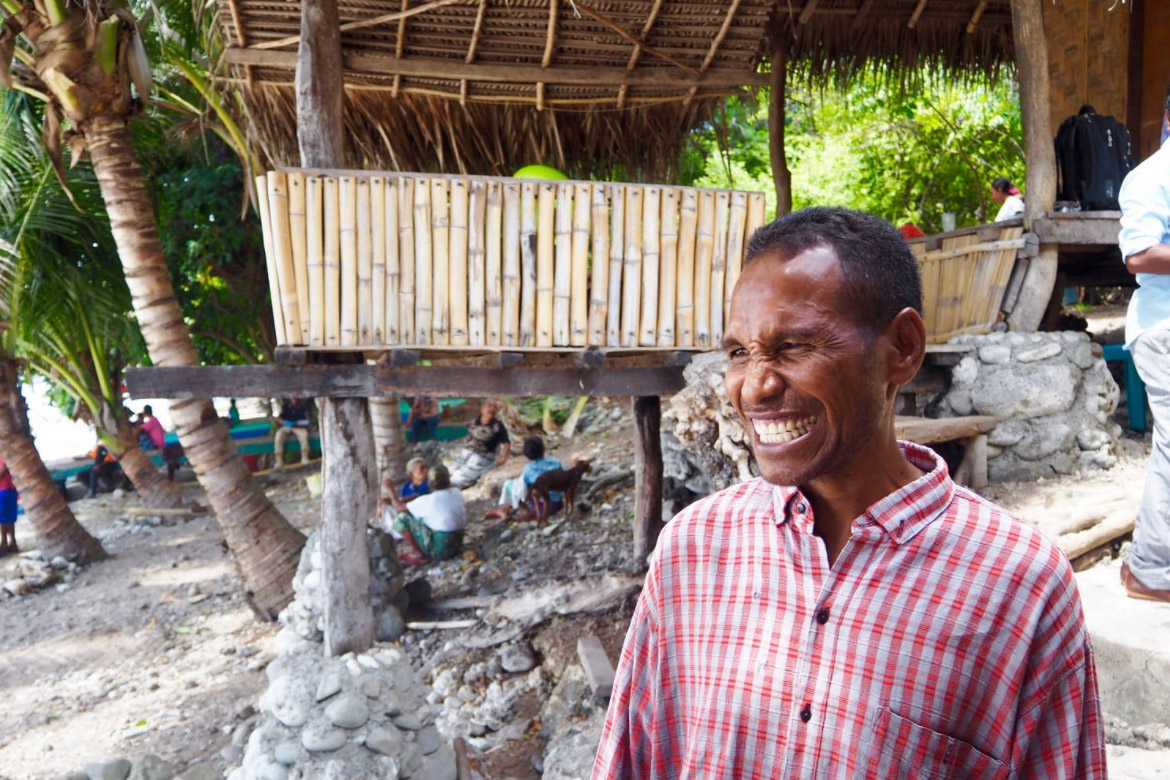
In Timor-Leste there are far fewer fishers catching oceanic fish than those catching reef fish, so the FAD can help improve the livelihoods of fishers and boost food and nutrition security.
Small oceanic fish also have short lives and grow quickly, meaning that they are often more resilient to fishing pressure than reef fish populations.
Efforts to better manage reef resources are much needed in Timor-Leste, where average fish consumption is 6 kg per person each year, compared with around 29 kg each year in neighboring Indonesia.
For fishers like Margarida da Costa, the FAD is helping provide a reliable daily fish catch, which she sells to buyers from the capital city Dili. Increasingly, these buyers are turning to Adara fishers to fill the supply gap caused by declining fish catches from other villages.
Previously, Margarida had to walk four hours across hilly terrain to the market at Beloi, a village on the other side of the island.
“Now, we don’t have to walk to Beloi because buyers from Dili meet us on the road. We can sell at halfway but for the same price,” she explains.
Installation of the FAD was an idea suggested by the community members themselves, who have been involved in participatory action research since the project started in 2014.
Another community-led idea was the creation of a set of rules, implemented in April 2016, to improve the health of nearby reef areas and improve the sustainability of fishing practices.
“We’ve seen what happened in Beloi and Bequeli villages, where it is becoming hard to catch fish as big as my hands. We don’t want this to happen in Adara, which is why we wanted to establish management rules,” says Matias.
The rules, implemented through the tara bandu traditional system, prohibit unsustainable fishing practices such as poisoning, breaking coral and using small-mesh nets on the reefs. A small no-take zone of about 4.5 hectares around a reef wall has been established, which has flow-on benefits for ecotourism.
Penalties under the tara bandu system are set by the community, and traditionally involve the offender making a contribution back to the community such as a pig, as well as a cash penalty.
Community ownership of the rules, which in many cases reflect existing requirements under national fisheries legislation but are often poorly enforced, will ensure they are locally policed.
“At the moment we are adjusting to the new rules. If everyone is following the rules, then hopefully we can expand the area,” explains Matias, a supporter of the new rules.
“We don’t see a difference yet [in fish numbers on the reef], but in the future our children and grandchildren will see a lot of fish in this protected area,” he says.
Tourists who dive or snorkel in the protected area contribute $1.50 per dive to a fund that will support community development projects selected by the community. This fund creates an added incentive for community members to respect, maintain and champion the protected area.
The success of these activities is providing inspiration for the mainland coastal communities of Batugade and Beacou, which also rely heavily on fishing for their livelihoods.
Since 2014, the project has worked with these communities to compare various FAD technologies and test their viability when located close to shore, to ensure they are accessible to poorer fishers who paddle their fishing boats as they cannot afford outboard engines.
Project
Fisheries, Livelihoods and Resource Management in Timor-LesteDonor:
ACIARRelated sustainable development goals



Tags
Pacific, Timor-Leste, small-scale aquaculture, livelihoods, resilience, participatory action research, reef fisheriesImpacts
kilograms was the average quantity of fish caught around the FAD per trip
increase in fish catch per trip when fishing at FAD compared to reef
Photo credits - WorldFish.


